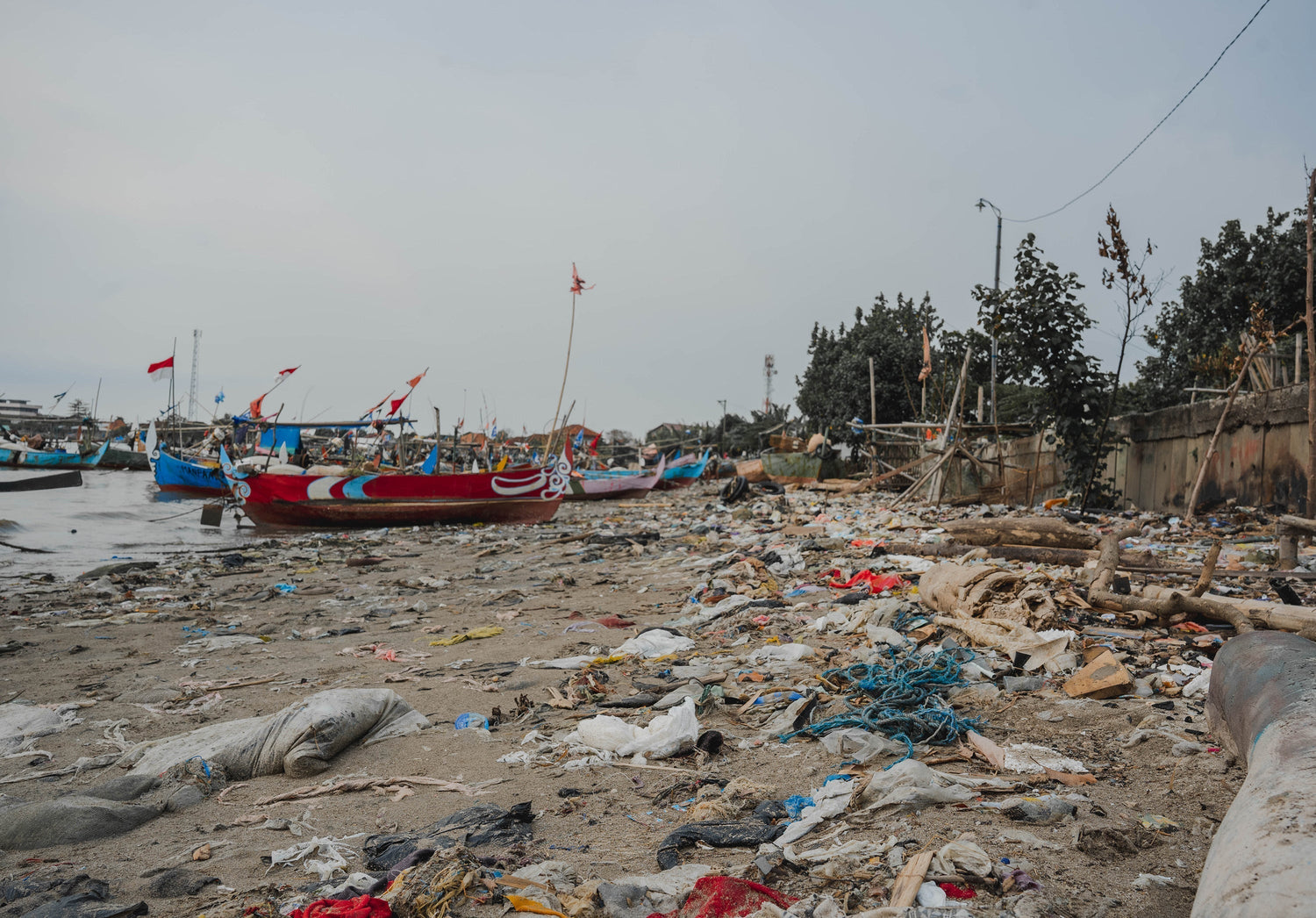Ten days without results: In mid-August, United Nations talks in Geneva on a global plastic treaty failed. The goal of the negotiations was to establish the first legally binding international agreement against plastic pollution, significantly limiting the worldwide contamination of oceans and the environment. Beginning in 2022, the final round of negotiations in Geneva was supposed to finally achieve a global agreement to address the plastic crisis. But the meeting of the 184 participating countries ended without a joint treaty. What does this mean?
The UN Plastic Treaty was supposed to address the most important aspects of the plastic problem: limiting plastic production, setting binding requirements for product designs to improve recyclability, and promoting a circular economy, where the raw materials of products are reused.
Several Countries Blocked the Treaty Text
Even before the talks, it became clear that the countries' positions were far apart. A majority of over 100 countries (High Ambition Coalition), including the EU and many countries from South America, Africa, and Asia, pushed for an ambitious framework. This was intended to limit global plastic production, completely phase out disposable cups and utensils, and ban toxic chemical additives.
The initiative was mainly blocked by oil-producing countries like Saudi Arabia and Russia, as well as the US. They wanted to focus primarily on better waste management. Restrictions on plastic production from oil, coal, and gas were strictly rejected.
Plastic Waste Threatens Humans and the Environment
According to the OECD, more than 450 million tons of plastic are produced worldwide each year. If nothing changes significantly, the amount of plastic waste will nearly triple by 2060, according to OECD experts.

Source: OECD Global Plastic Outlook 2022
Micro- and Nanoplastics Are Everywhere
It is estimated that over 100 million tons of plastic waste have accumulated in the oceans. A recent study by the Helmholtz Center for Environmental Research (UFZ) suggests that there may be even more plastic in the sea than previously thought. According to the study, 27 million tons of tiny plastic particles may exist just in the upper water layer of the North Atlantic.
Plastic does not disappear but breaks down over time into ever smaller particles: microplastics and nanoplastics. Plastic particles are now found even in the deepest ocean trenches and the most remote parts of the world.
The global plastic flood has dramatic consequences: plastic waste threatens marine life and ecosystems and endangers human health. Researchers have found plastic particles in human organs and even in the brain. Various studies suggest that micro- and nanoplastics are linked to multiple diseases and promote inflammation.
Failure of the Global Plastic Treaty: Disappointing but Not Surprising
Given the global plastic crisis, representatives of many countries, organizations, and scientists expressed extreme frustration over the outcome of the talks. "The failure is a major setback in the global fight against plastic pollution and also a severe blow to the interests of people on this planet," said Frank Schweikert, CEO and founder of the German Marine Foundation. The stalled negotiations showed how short-term economic interests are prioritized over the long-term survival of our ecosystems, Schweikert explained.
Karsten Hirsch from Plastic Fischer added: "After years of back and forth, we are left without real results and must first accept that there will be no international agreement on how to stop pollution." However, the outcome was not surprising.
Many involved also agree that no agreement is better than a vague treaty without effective and binding measures. Joel Tasche from CleanHub stated: "Ultimately, I think it's better to negotiate again than to put a weak agreement into the world that changes nothing."
What Is Needed Now: Awareness, Structures, and Education
The fight against plastic pollution must now continue without a global treaty. It is still unclear if further negotiations will take place. One thing is certain: addressing the plastic flood requires joint effort. Local approaches cannot replace global solutions—but there are many ideas. Experts see four central pillars:
Raise Awareness
"I hope we can use this brief period of attention that the topic of plastic is finally getting to focus on solutions rather than getting upset and painting the world black," said Joel Tasche from CleanHub.
Network
"We continue to rely on networking—from schools to politics—to build pressure from the bottom up. If politics does not deliver what we need for a healthy planet and healthy people, society must move forward even more decisively, guided by independent science," said Schweikert from the German Marine Foundation.
Create Structures
"Mandatory regulations must be established to force governments and producing companies to manufacture recyclable materials and properly dispose of waste. Waste management systems are needed that collect garbage from households. Education is necessary to use these systems properly, or, if they do not exist, to demand them," said Hirsch.
Promote Education
The importance of education is also emphasized by GOT BAG founder Benjamin Mandos:
"The failure of the negotiations is disappointing. But we are not discouraged. Even though it cannot replace global solutions, we are convinced that many people together can make a difference. That is why, together with our partner organization GOT BAG Indonesia, we focus not only on collecting plastic and building disposal structures but also on education for responsible waste management."






